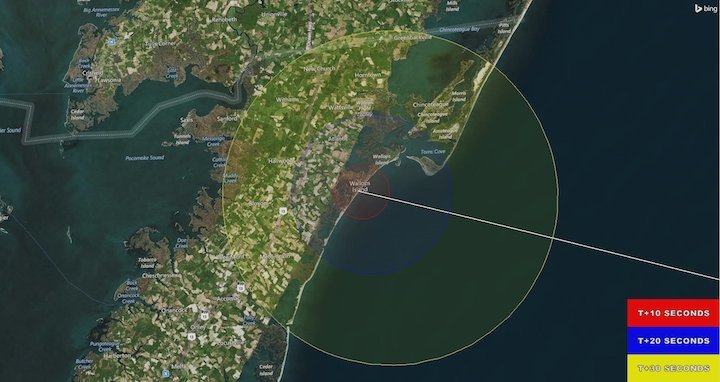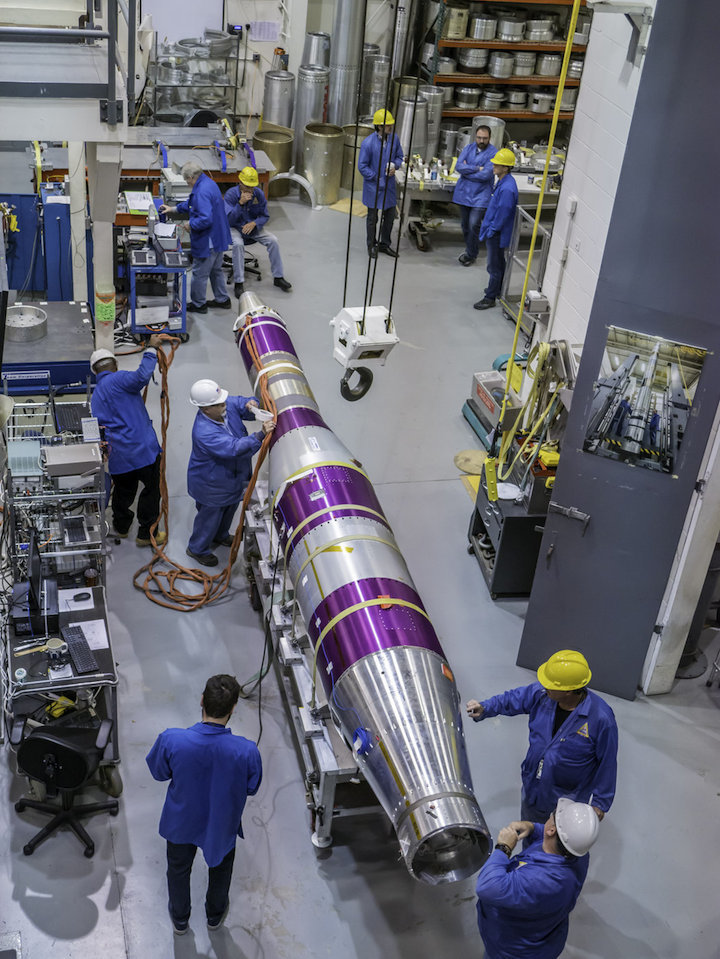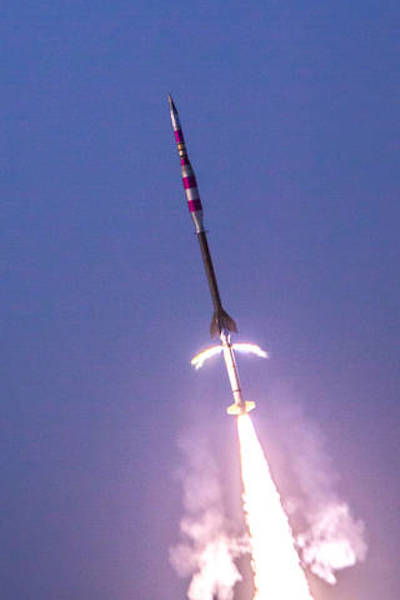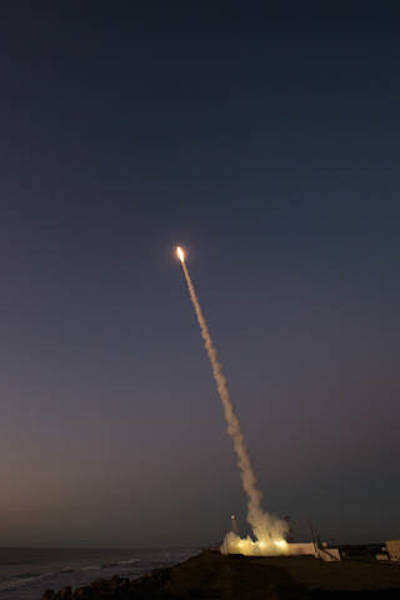4.10.2017

Credit: NASA/Wallops Mission Planning Lab
-
NASA will launch a small rocket from Virginia's Eastern Shore early Wednesday (Oct. 4) to test a supersonic parachute system for future spacecraft bound for Mars. The launch may be visible to observers along the U.S. East Coast, weather permitting.
The sounding rocket will launch from NASA's Wallops Flight Facility at Wallops Island, Virginia at 6:45 a.m. EDT (1045 GMT). You can watch it live online at NASA's Wallops Ustream site here, beginning at 6:15 a.m. EDT (1015 GMT).
The suborbital rocket will carry the Advanced Supersonic Parachute Inflation Research Experiment (ASPIRE), designed by NASA's Jet Propulsion Laboratory (JPL) in Pasadena, Calif. JPL engineers developed the parachute system to withstand the high speeds and thin atmosphere spacecraft encounter during the decent to the Martian surface. Wednesday's launch aims to test the system in the low density of Earth's upper atmosphere.

Credit: NASA/Berit Bland
-
NASA will use a 58-foot tall (17.6 meters) Terrier-Black Brant IX rocket to loft ASPIRE to an altitude of 32 miles (51 kilometers) approximately 2 minutes into the flight, according to a NASA statement.
"The payload will splash-down in the Atlantic Ocean 40 miles from Wallops Island," NASA officials said. "The payload will be recovered and returned to Wallops for data retrieval and inspection." The mission's launch window runs from Oct. 4 to Oct. 14.
Sounding rockets are smaller and less expensive than orbital rockets because they do not need the additional booster stages to reach the high speeds needed to stay in orbit. They typically spend only 5 to 20 minutes in space at relatively lower speeds.
NASA Wallops officials will post launch updates via Facebook and Twitter. Smartphone users can also use the center's "What's Up at Wallops" app to track the launch and learn which direction to look to see the rocket.
Quelle: SC
---
Update:
.



